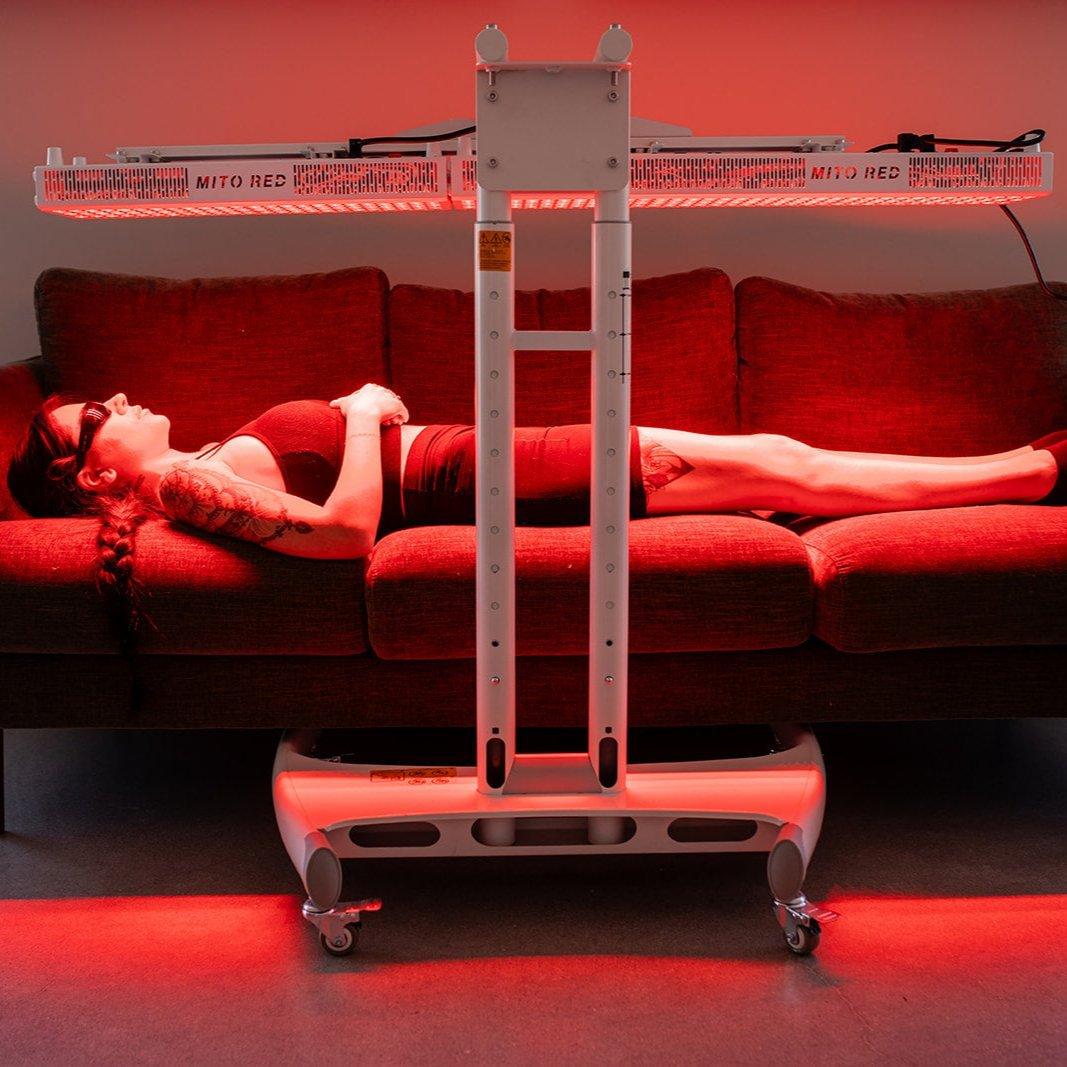Abstract
Objective: Evaluate the effect of near-infrared light (NIR) on immediate production of ATP by osteoblasts and fibroblasts in vitro, and the healing process of rat femur fractures with intramedullary fixation.
Background: NIR is one potential treatment option for complications of fracture healing, which has shown to stimulate cellular proliferation and to enhance the healing process.
Methods: Cell culture - MC3T3-E1 and 3T3-A31 cells were subjected to NIR at 660 nm, 830 nm, or both combined. ATP was assayed at 5, 10, 20, and 45 min after exposure. Animal study - 18 rats had surgery with retrograde intramedullary pins inserted into their femurs, which then underwent closed, transverse femur fracture. Rats were randomly divided into 3 study groups of 6 each: nonirradiated controls, 660 nm, and 830 nm NIR. Healing process was assessed by a blinded radiologist, assigning a healing score of 1-6 for radiographs taken on days 0, 7, 14, and 21.
Results: Cell culture - All groups gave significant increase in ATP within 5-10 min, with decay to baseline by 45 min. 660 nm NIR was significantly more effective than 830 nm with fibroblasts or either wavelength with osteoblasts. Animal study - A significant increase in the fracture healing grade in the 660 nm group at day 14, but with no differences at day 21.
Conclusion: The study demonstrated an immediate increase in ATP production in vitro and an initial acceleration of callus formation in the fracture healing process, in the presence of NIR.
Keywords: Cellular ATP production; Clinical application; Fracture healing; Near-infrared light (NIR); Radiographic scoring.






























